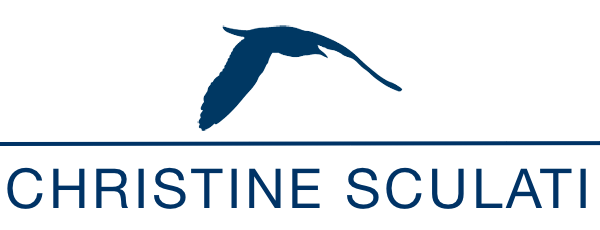Risk and reward in philanthropy
 It’s human nature to be adverse to risk-taking. But like successful business people, many social entrepreneurs believe you have to be willing to take risks to achieve progress.
It’s human nature to be adverse to risk-taking. But like successful business people, many social entrepreneurs believe you have to be willing to take risks to achieve progress.
A widely read example of risk and reward in philanthropy is the story of Greg Mortenson and his painstaking journey to build schools in Pakistan and Afghanistan in the New York Times bestselling Three Cups of Tea. With a typewriter Mortenson wrote 580 appeal letters to potential donors and 16 grant applications in an attempt to raise $12,000, the minimum he needed to fulfill a promise and build a school in a remote alpine village in Pakistan. While his appeals were largely a failure, the difference came with one individual who read a newsletter article about Mortensen’s personal mission, took a risk, and moved fast – agreeing to fully fund the school. Dr. Jean Hoerni made the decision to fund the project after one phone call and Mortenson’s word that he would “not to screw up.”
In the San Francisco Bay Area, another philanthropist embraces the idea of risk-taking in grantmaking. In a new book, Bill Somerville, president of the Bay Area Philanthropic Ventures Foundation (PVF), makes the case that grantmakers should take risks to reap the highest rewards for their investments. Somerville recounts several stories of how a little risk went along way in transforming individual lives and communities – from juvenile courts to classrooms. Published by Berkeley-based Heyday Books, his new book with Fred Setterberg is titled “Grassroots Philanthropy, Field Notes of a Maverick Grantmaker.”
In Grassroots Philanthropy Somerville advocates that grantmakers should find and fund outstanding people, eliminate bureaucracy in favor of moving quickly, focus on ideas and not problems and take risk and initiative. While Somerville’s approach to grantmaking may not be for every foundation, it makes sense for the grassroots as the book title implies. By definition, grassroots movements move quickly and are driven by effective leaders doing hands-on work at the community level. Many of these individuals cannot afford to get bogged down in time-consuming and costly application processes.
In the case of Mortenson’s plight to build schools, a donor’s risk-taking led to the formation of the Central Asia Institute, which has now established 64 schools in remote and underserved regions of Pakistan and Afghanistan. The remote schools have educated over 25,000 children and have provided unprecedented opportunities for girls.
For Somerville and the Philanthropic Ventures Foundation 17 years of nonconformist approaches to grassroots grantmaking have attracted several prominent California foundations as supporters including The California Endowment, David & Lucile Packard Foundation, Flora Family Foundation, Herbst Foundation, and the San Francisco Foundation, among others.

